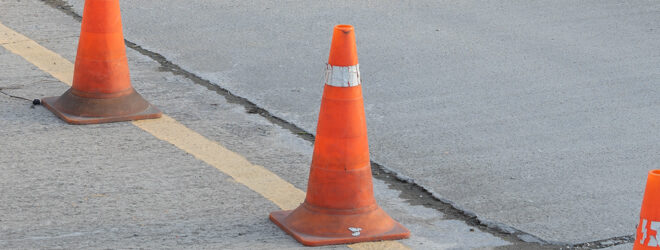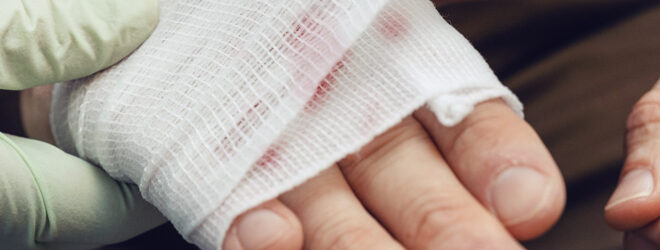More than 42,000 Canadians are injured in work-related slips, trips, and falls each year, according to the Canadian Centre for Occupational Health and Safety. These types of incidents in the workplace can end up costing a company as much as $59,000 per injury. As the number of slip and fall related lawsuits has increased, so has the number of large awards from the courts for personal injury, lost employment income, and other resulting expenses incurred due to this type of injury.
Whether you own your business property, or are just leasing space, it’s important to have an effective winter maintenance program in place – not just for the safety of visitors, but also to help you establish a solid defense should someone slip and fall on your property.
Be aware of property conditions and manage them appropriately
Snow and ice removal is an integral part of managing slip and fall hazards. This is something that can be done by a third-party contractor, or by your own employees.
Here are a few tips to help safeguard against slip and fall hazards on your property:
- Inspect the parking lot regularly for potholes, uneven surfaces, and other debris. Areas of concern should be clearly marked and repaired as soon as possible. Any debris that could cause slip and falls should be removed immediately.
- The walkways throughout the property should also be inspected on a regular basis. Check for uneven surfaces or tripping hazards and have them repaired as soon as possible.
- Check stairways to ensure that walking surfaces and handrails remain in good condition.
If you hire a third-party contractor
- Make sure you have a written contract/service agreement that clearly defines the work to be done along with the roles and responsibilities of each party. Get a certificate of insurance from the contractor, and have your broker review the coverages, etc., to make sure their liability insurance is in order. If the contractor plans on using snow and ice melting material such as salt, this should be clearly defined in the contract along with details on where and when this type of material should be used.
If one of your employees is taking care of snow and ice removal
- Be clear in outlining the tasks employees are to perform. Provide training about which areas on the property are to be maintained, how often those areas need to be serviced, and what equipment or materials are required to service those areas. The maintenance of entrances, stairways, and exits should be completed before the arrival of other staff and visitors.
- The most important message that can be given to employees is to document everything. Maintain a log book with all entries detailing what has been completed, at what time, by whom, and note the weather conditions at the time of snow and ice removal.
What to do when a slip and fall incident occurs
If a visitor or staff member reports a slip and fall incident on your property, an Accident Report form should be available on site and completed by the claimant and/or any available witnesses.
Be sure to fully document the incident in as much detail as possible, including what happened and where and when it occurred. Taking dated photos of the conditions at the scene of the accident, as well as the footwear the person was wearing on that day, are also important pieces of information to collect. The report should also include the claimant’s contact information, date of completion, and be witnessed by a manager or employee. You’ll need to keep records of all accidents for a period of no less than several years.
Prevention – and a good insurance policy – is key
While it’s important to have a response plan that addresses slip and fall incidents as soon as they occur, it’s even more critical to implement a program that focuses on preventing them in the first place. And, of course, you’ll want to make sure you have adequate business insurance coverage to help protect your company should an incident occur. Visit our business insurance page to learn more.




